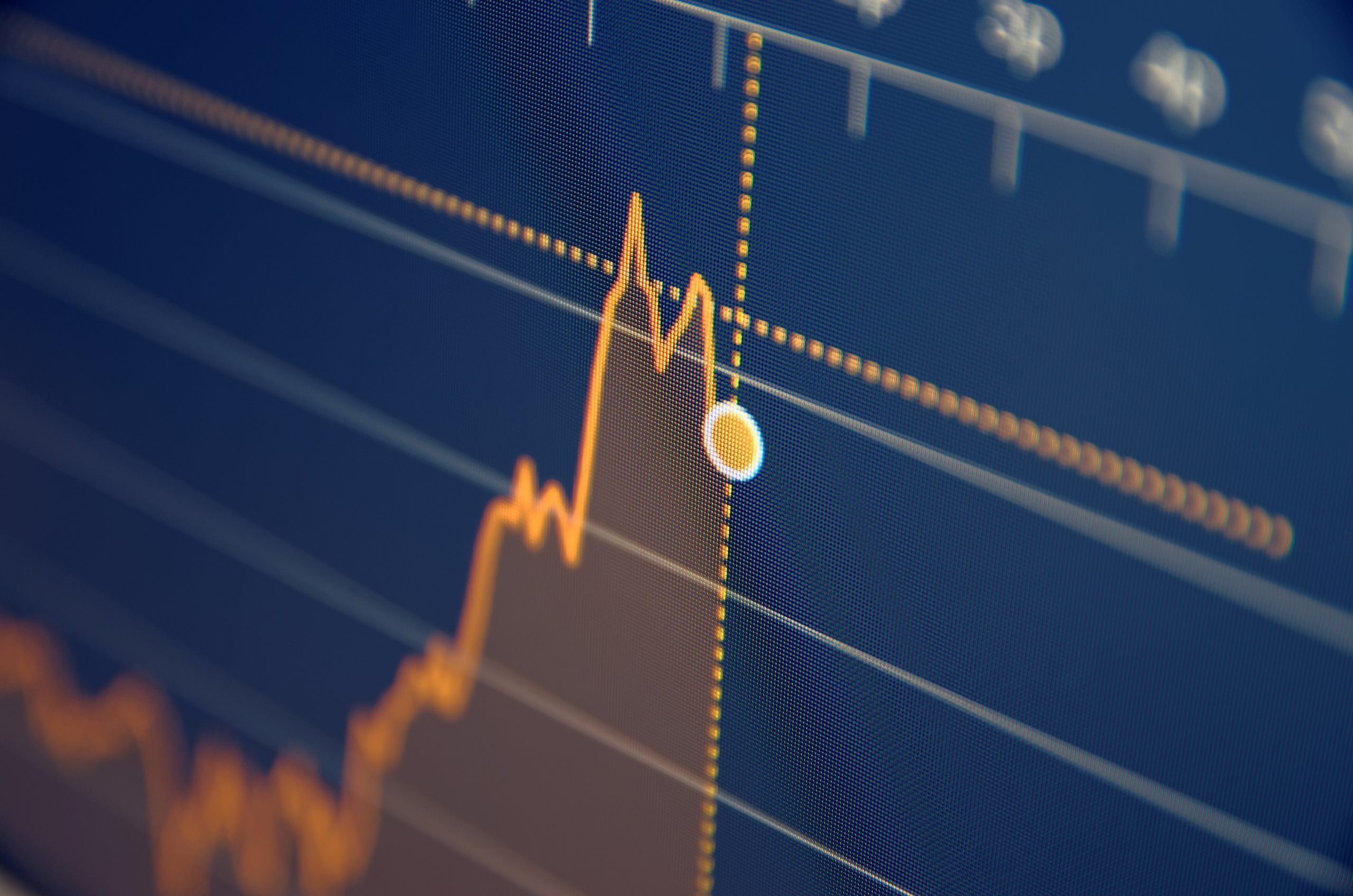by Hubert Marleau, Market Economist, Palos Management
The market could not shake off the bearish sentiment. It struggled with bouts of stinging volatility, catalyzed by a wrangling political logjam in Congress, concerns over the valuations of giant tech stocks, the unwinding of weird option positions and the dimmer prospects for the labour market. The tally of weekly jobless fillings were higher than expected, even though job openings were rising.
The S&P 500 index registered a second straight week of declines, with a loss of 2.5%. In market lexicon, a correction is any peak-to-trough fall of 10% or more. The aforementioned benchmark is down 6.7% from the recent all-time high of 3580.
Strangely, the CBOE’s VIX index, which gauges fear by how much investors are willing to pay for protection against future market volatility, actually declined in several sessions even as the sell-off intensified. In a classic fashion, the 50-day moving average offered technical support.
It appears that speculators were primarily fixing a deemed mistake made in the tech sector. They were in a hurry to reconcile their options positions. Short duration options are unlevered lottery tickets and their market effects are not long lasting—unlike insolvent margin accounts. Speculators simply went too far too fast.
Yet, the narrative that brought about rising prices for the so-called tech titans have not disappeared over night. The thing is that big is now essential, fast revenue growth is now a requirement and a strong cash balance is now indispensable in a world where a new paradigm stemming from social distancing has taken hold.
Home dining, home entertainment, home working, home buying, home workout and home businesses have changed everything. So far in 2020, IG businesses have taken on almost $2.0 trillion worth of near zero cost long term debt not for buybacks, capex, dividends or M&A; but just to have an overabundance of cash on hand.
The market was not panicky, just getting rid of extra weight. It was not responding to a broad swath of negative economic prints. On the contrary, new economic information could not have been judged bad. Fundamentally, stock market performance is explainable by five factors—rates, liquidity, inflation, growth and profit. Recent performance of the magnificent five is suggesting that the upward direction of the business cycle has momentum.
The August data released by the Bureau of Labor Statistics on Friday showed that US consumer prices increased for a third consecutive month, giving evidence that the recovery is progressing. In addition, prices that businesses receive for their products and services also rose much more than expected.
Year-over-year, producer prices are up 1.9%. If one were to tack the recent increases in the ISM numbers, which are suggesting significant productivity improvement, to those new producer prices, a very significant gain in corporate earnings should occur in Q/3. The September earnings season is just a few weeks away. Lower stock prices combined with an earnings uptick will reduce lofty P/E ratios.
The WSJ September Economic Survey reported that the economy is recovering from the coronavirus pandemic more quickly than previously anticipated. The GDP is expected to increase at an annualized rate of 23.9% in Q/3. The projected rebound for the Q/3 would recoup around 50% of the output lost in the first half of the year. The WSJ calculated that “the economy would need to grow at a roughly 24% rate again in the fourth quarter of this year to get us back to Q/4 2019”. While the WSJ’s Q/3 prediction is encouraging, other reputable forecasters have better projections. For example, IHS Markit on behalf of J.P. Morgan sees GDP growing 29.6%, Atlanta Fed is tracking 30.6% and Goldman Sachs is even more optimistic, projecting a 35% gain. The trend is worldwide. Morgan Stanley predicts that the global economy is set to return to its pre-pandemic levels as early as Q/4.
Should Goldman Sachs’ Q/3 GDP estimates prove correct, the real economy will have grown at the annual rate of 12% in Q/4 to get back to where it was in the last quarter of 2019.--arithmetically that is 3%. Assuming that the restrictions remain on restaurants, entertainment and personal services, (5% of GDP), until daily covid-19 cases drop below 20 per million people, job substitutions will be needed to fill the output gap. New cases per million in the U.S. are 108 versus 16 for Canada.
Yet, Americans aren’t giving up. They are finding new ways to increase their household income. Applications to form new businesses are surging since the lockdowns were lifted. Setting up a business requires a high degree of optimism about the future. The Census Bureau reported that business applications are up 60% over last year. The figures show that the gig economy is growing very fast, hiring workers and expanding in many sectors of the economy that conventional surveys tend to miss.
I'm holding on to my portfolio of stocks that have strong balance sheets that are connected to actual economic activity. They are the ones that have the cash to finance the real chances of growing their top and bottom lines over the long-term. According to the Superforecasters at the Good Judgement project, there is now a 68% probability of a mass-distributed vaccine by Q/1, up from 40% three weeks ago.
Nevertheless, at this time, hedging one’s portfolio with a few vix contracts over the next 60 days may be a prudent maneuver. I’m pretty sure that the laundry list of uncertainties surrounding the “Cold War” and the “US Presidential Election” will become temporarily more disruptive than the vagaries of forthcoming economic prints.
Copyright © Palos Management















